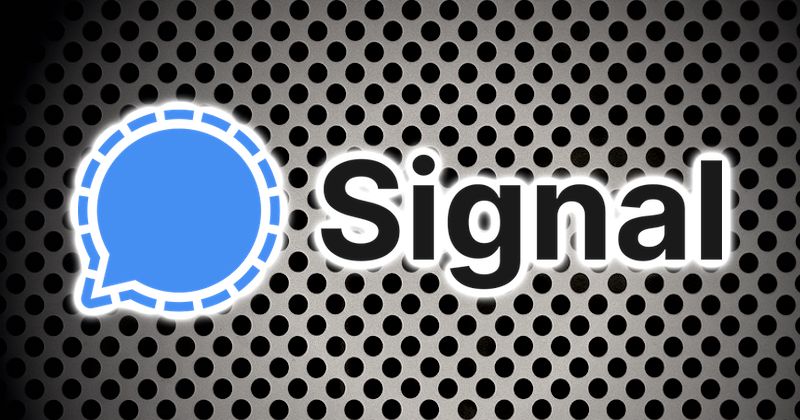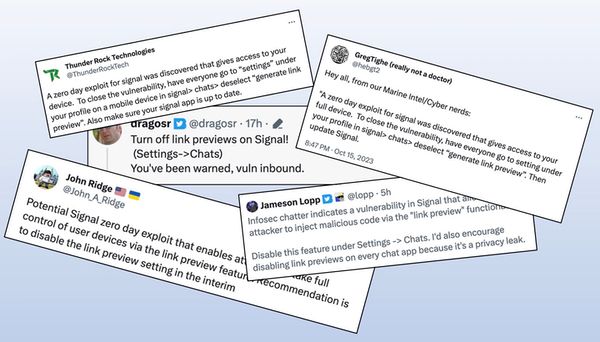“This vulnerability is now under mass exploitation.” Citrix Bleed bug bites hard

Getty Images
A vulnerability that allows attackers to bypass multifactor authentication and access enterprise networks using hardware sold by Citrix is under mass exploitation by ransomware hackers despite a patch being available for three weeks.
Citrix Bleed, the common name for the vulnerability, carries a severity rating of 9.4 out of a possible 10, a relatively high designation for a mere information-disclosure bug. The reason: the information disclosed can include session tokens, which the hardware assigns to devices that have already successfully provided credentials, including those providing MFA. The vulnerability, tracked as CVE-2023-4966 and residing in Citrix’s NetScaler Application Delivery Controller and NetScaler Gateway, has been under active exploitation since August. Citrix issued a patch on October 10.
Repeat: This is not a drill
Attacks have only ramped up recently, prompting security researcher Kevin Beaumont on Saturday to declare: “This vulnerability is now under mass exploitation.” He went on to say, “From talking to multiple organizations, they are seeing widespread exploitation.”
He said that as of Saturday, he had found an estimated 20,000 instances of exploited Citrix devices where session tokens had been stolen. He said his estimate was based on running a honeypot of servers that masquerade as vulnerable Netscaler devices to track opportunistic attacks on the Internet. Beaumont then compared those results with other data, including some provided by Netflow and the Shodan search engine.
Meanwhile, GreyNoise, a security company that also deploys honeypots, was showing exploits for CVE-2023-4966 coming from 135 IP addresses when this post went live on Ars. That’s a 27-fold increase from the five IPs spotted GreyNoise saw five days ago.
The most recent numbers available from security organization Shadowserver showed that there were roughly 5,500 unpatched devices. Beaumont has acknowledged that the estimate is at odds with his estimate…






